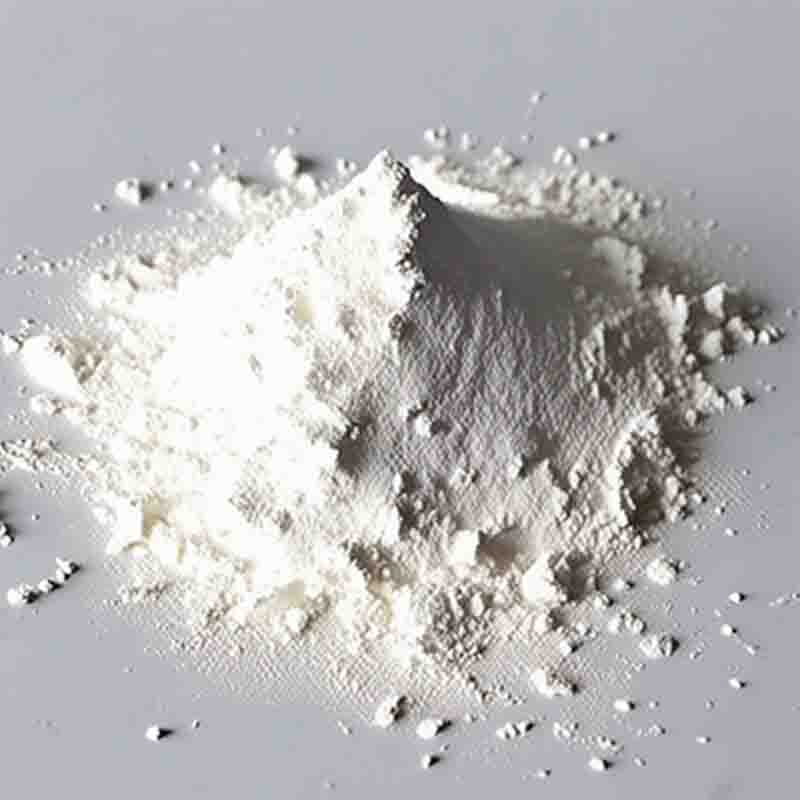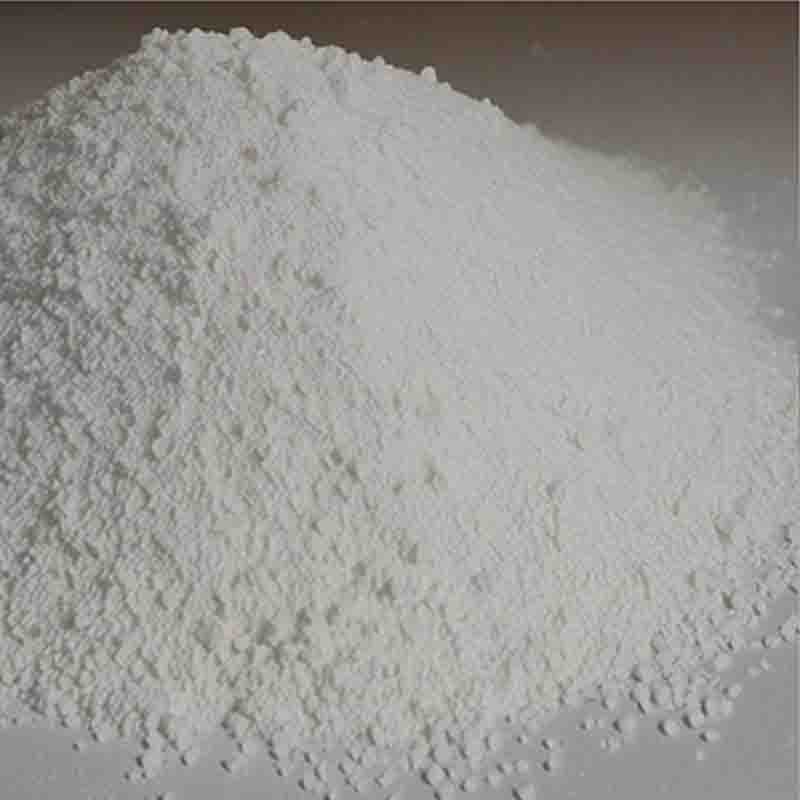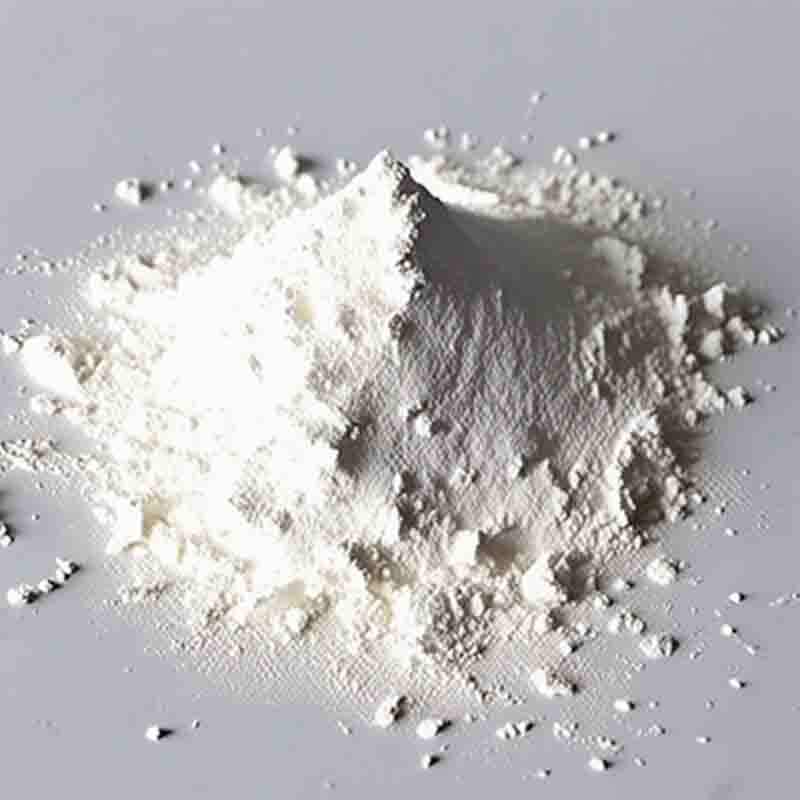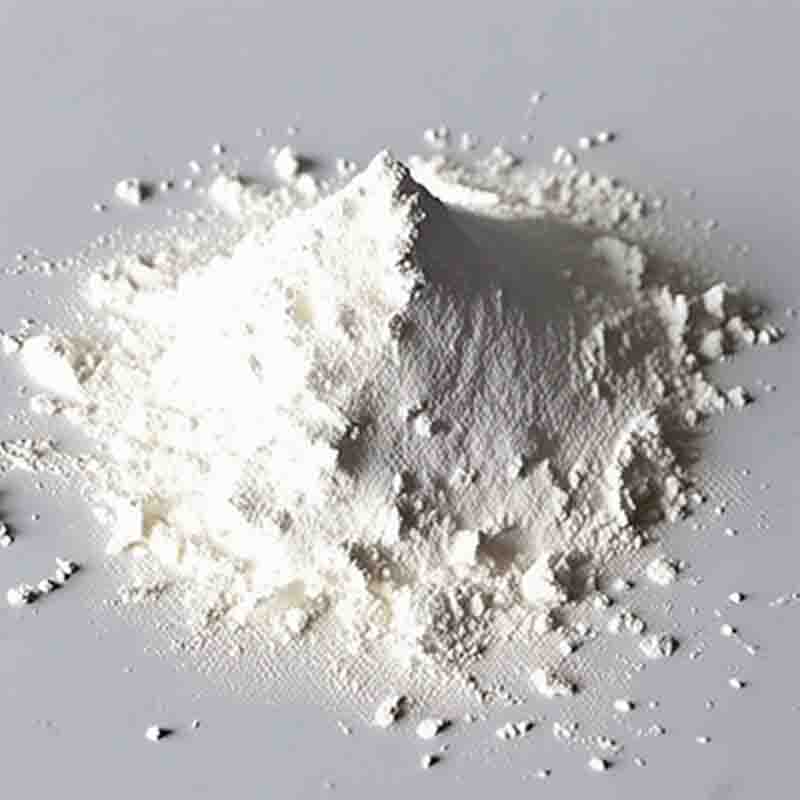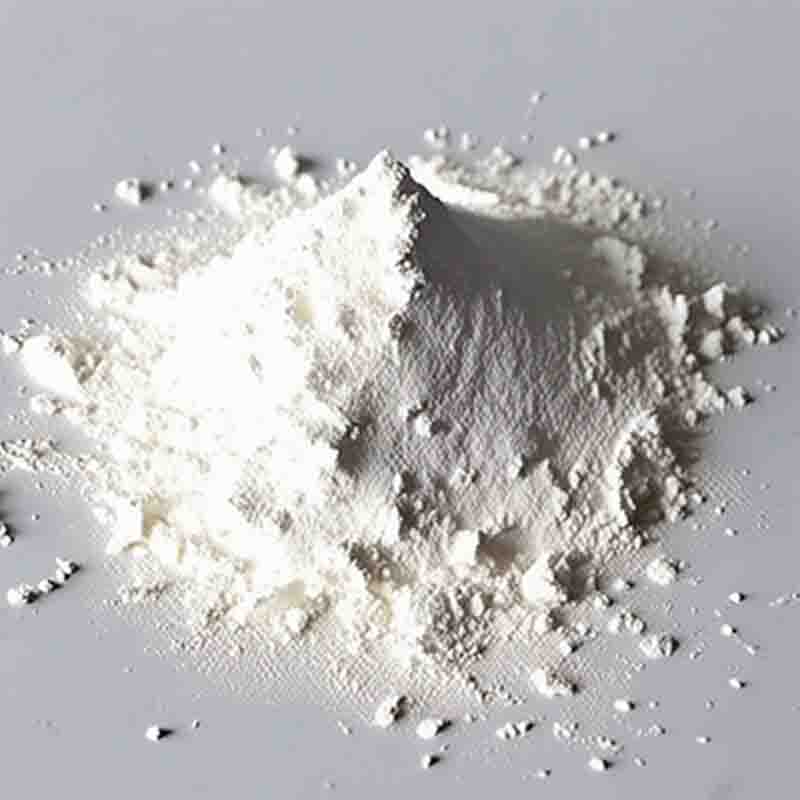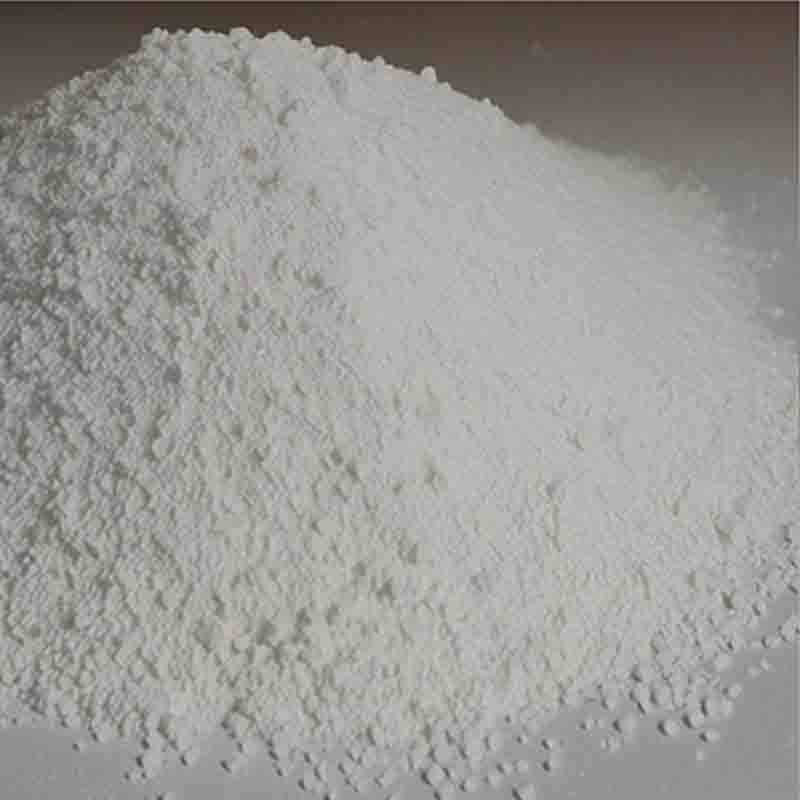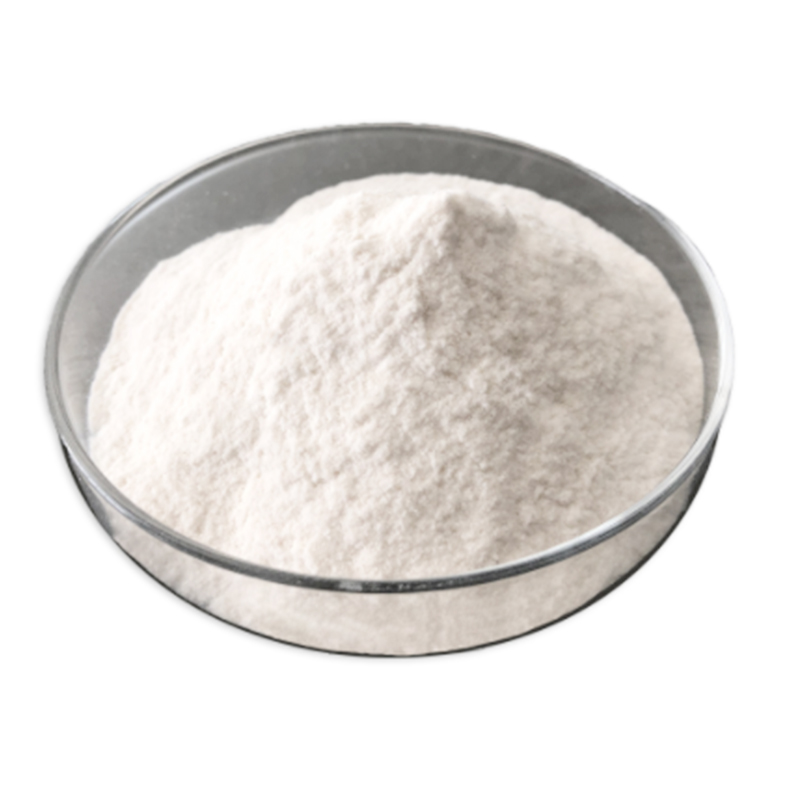3-benzyl-5-(2-hydroxyethyl)-4-methylthiazoliumchloride CAS:4568-71-2
| Catalog Number | XD95905 |
| Product Name | 3-benzyl-5-(2-hydroxyethyl)-4-methylthiazoliumchloride |
| CAS | 4568-71-2 |
| Molecular Formula | C13H16ClNOS |
| Molecular Weight | 269.79 |
| Storage Details | Ambient |
Product Specification
| Appearance | White powder |
| Assay | 99% min |
3-benzyl-5-(2-hydroxyethyl)-4-methylthiazolium chloride is a chemical compound with potential applications in various fields. In this 300-word essay, we will discuss the known effects and uses of 3-benzyl-5-(2-hydroxyethyl)-4-methylthiazolium chloride.One significant application of 3-benzyl-5-(2-hydroxyethyl)-4-methylthiazolium chloride is in the field of biochemistry and molecular biology. It is often used as a reagent or catalyst in various biochemical reactions. For example, it can be used in the synthesis of nucleic acids and proteins, playing a role in the modification or cross-linking of these biomolecules. This compound's unique chemical structure allows it to interact with specific functional groups in biological macromolecules, enabling researchers to study and manipulate their properties and functions.Furthermore, 3-benzyl-5-(2-hydroxyethyl)-4-methylthiazolium chloride has demonstrated antimicrobial activity. Studies have shown its effectiveness in inhibiting the growth of various types of bacteria and fungi. This property makes it a potential candidate for development as an antimicrobial agent in medical and agricultural applications. Further research is ongoing to explore its mechanism of action and determine its efficacy against specific pathogens.Another area where 3-benzyl-5-(2-hydroxyethyl)-4-methylthiazolium chloride shows promise is in the field of electrochemistry. It has been utilized as an electrolyte or redox mediator in electrochemical systems. Its presence can significantly impact the performance, efficiency, or selectivity of electrochemical reactions. Researchers are studying and optimizing its use to enhance the efficiency and stability of energy storage devices, such as batteries and supercapacitors.It is important to note that 3-benzyl-5-(2-hydroxyethyl)-4-methylthiazolium chloride is a chemical compound that should be handled with care. As with any chemical substance, proper safety measures should be followed to minimize risks to human health and the environment. It is recommended to use appropriate personal protective equipment and work in a well-ventilated area when working with this compound.In conclusion, 3-benzyl-5-(2-hydroxyethyl)-4-methylthiazolium chloride finds applications in biochemistry, antimicrobial research, and electrochemistry. Its use in biochemical reactions allows for the modification and study of biomolecules. Its antimicrobial properties make it a potential candidate for antimicrobial agent development. Its role as an electrolyte or redox mediator contributes to improving the performance of electrochemical systems. However, it is crucial to handle this compound with caution to ensure safety. Further research is needed to explore its full potential and specific effects in the aforementioned fields.


